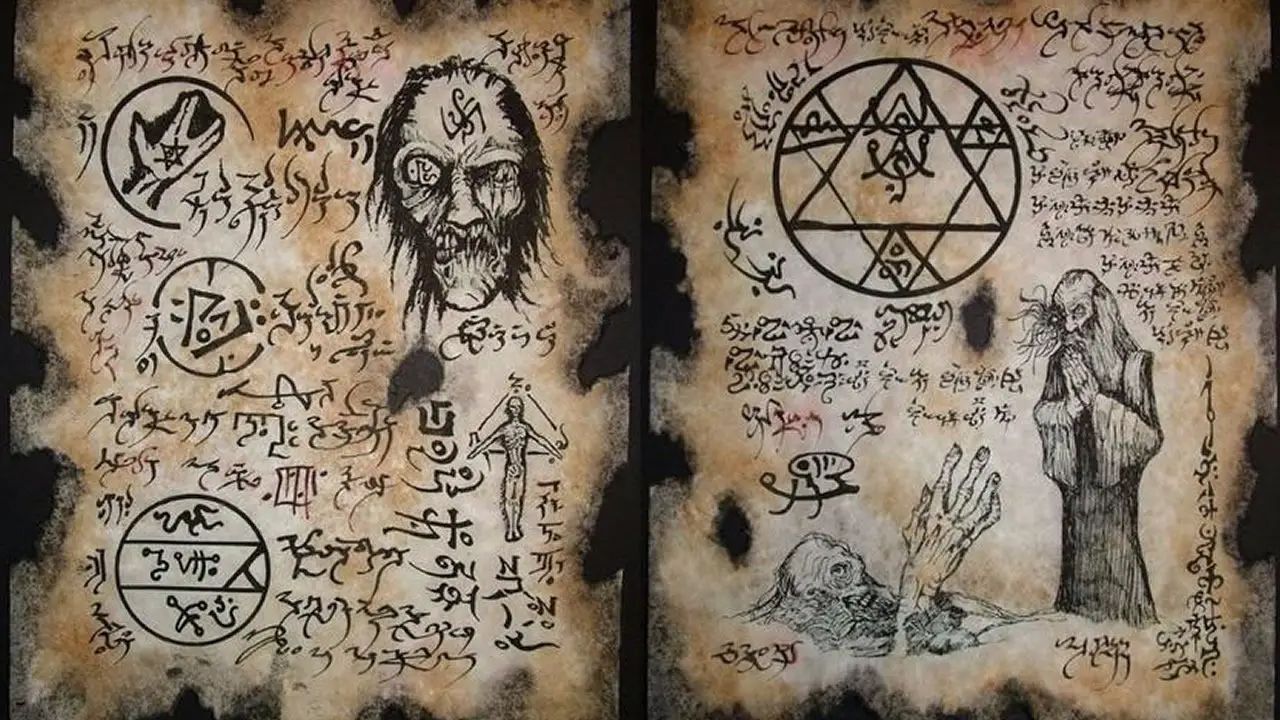
Is the Necronomicon real? The Necronomicon is a fictional grimoire created by H.P. Lovecraft, a famous horror writer. This book, often called the "Book of the Dead," appears in many of Lovecraft's stories and has fascinated readers for decades. Despite its detailed descriptions and eerie allure, the Necronomicon does not exist in reality. Lovecraft invented it as part of his mythos, blending elements of ancient texts, dark magic, and forbidden knowledge. Over time, the Necronomicon has inspired countless adaptations in literature, movies, and games, blurring the lines between fiction and reality. However, it's crucial to remember that this spooky tome remains a product of Lovecraft's imagination.
Key Takeaways:
- The Necronomicon, a fictional book of magic, was created by H.P. Lovecraft and has influenced popular culture, sparking myths and academic interest. It continues to evolve through modern interpretations and adaptations.
- Despite being a fictional creation, the Necronomicon has left a significant mark on literature, movies, and video games, inspiring fan-made versions and replicas. It has also attracted academic and scholarly interest, sparking debates about the nature of reality and fiction in literature.
Origins of the Necronomicon
The Necronomicon is a fictional grimoire (book of magic) that has fascinated readers and scholars alike. Created by H.P. Lovecraft, it has become a cornerstone of horror literature.
- The Necronomicon first appeared in H.P. Lovecraft's 1924 short story "The Hound."
- Lovecraft attributed the book's authorship to the "Mad Arab" Abdul Alhazred.
- The original title of the book in Arabic was "Al Azif," which refers to the nocturnal sound made by insects believed to be the howling of demons.
- Lovecraft claimed the Necronomicon was written in 730 A.D.
- The book was supposedly translated into Greek by Theodorus Philetas in 950 A.D.
Influence on Popular Culture
The Necronomicon has left a significant mark on various forms of media, from literature to movies and video games.
- The book is frequently mentioned in the works of other horror writers like Stephen King and Clive Barker.
- It appears in the "Evil Dead" film series, where it is called the "Necronomicon Ex-Mortis."
- The Necronomicon is referenced in the video game series "Call of Cthulhu."
- Metal bands like Metallica and Black Sabbath have included references to the Necronomicon in their lyrics.
- The book has inspired numerous fan-made versions and replicas, often used as props in horror-themed events.
Myths and Misconceptions
Despite being a fictional creation, many myths and misconceptions surround the Necronomicon.
- Some people believe the Necronomicon is a real ancient text, leading to various hoaxes and forgeries.
- Lovecraft himself stated that the book was purely a product of his imagination.
- Several authors have written their own versions of the Necronomicon, claiming them to be the "real" thing.
- The Vatican is often rumored to have a copy of the Necronomicon in its secret archives, though this is unsubstantiated.
- The book is sometimes confused with other grimoires like the "Key of Solomon" or "The Lesser Key of Solomon."
Academic and Scholarly Interest
The Necronomicon has also attracted the attention of academics and scholars, who study its impact on literature and culture.
- Scholars often analyze the Necronomicon to understand Lovecraft's influence on modern horror.
- The book is a subject of study in courses on Gothic literature and American horror fiction.
- Some researchers explore the psychological impact of the Necronomicon on readers.
- The book is frequently cited in academic papers discussing the concept of forbidden knowledge.
- Lovecraft's creation has sparked debates about the nature of reality and fiction in literature.
Modern Interpretations and Adaptations
The Necronomicon continues to evolve, with modern interpretations and adaptations keeping it relevant.
- Graphic novels and comic books have reimagined the Necronomicon in various ways.
- The book has been adapted into stage plays and radio dramas.
- Modern horror writers often include the Necronomicon in their stories as a nod to Lovecraft.
- The book has inspired board games and tabletop RPGs, such as "Arkham Horror."
- Artists create visual interpretations of the Necronomicon, often depicting it as an ancient, leather-bound tome filled with arcane symbols.
The Final Word on the Necronomicon
The Necronomicon has fascinated readers for decades. Its blend of myth, mystery, and horror keeps people intrigued. Though it’s a fictional creation by H.P. Lovecraft, many still believe in its existence. This belief adds to its allure. The book's influence on pop culture is undeniable. From movies to video games, its presence is widespread. It’s a testament to Lovecraft’s storytelling prowess. The Necronomicon’s eerie charm continues to captivate new generations. Whether you see it as a mere story or something more, its impact is clear. The blend of fact and fiction makes it a unique piece of literature. So next time you hear about the Necronomicon, remember its roots in Lovecraft’s imagination. It’s a reminder of how powerful stories can be.
Frequently Asked Questions
Was this page helpful?
Our commitment to delivering trustworthy and engaging content is at the heart of what we do. Each fact on our site is contributed by real users like you, bringing a wealth of diverse insights and information. To ensure the highest standards of accuracy and reliability, our dedicated editors meticulously review each submission. This process guarantees that the facts we share are not only fascinating but also credible. Trust in our commitment to quality and authenticity as you explore and learn with us.
